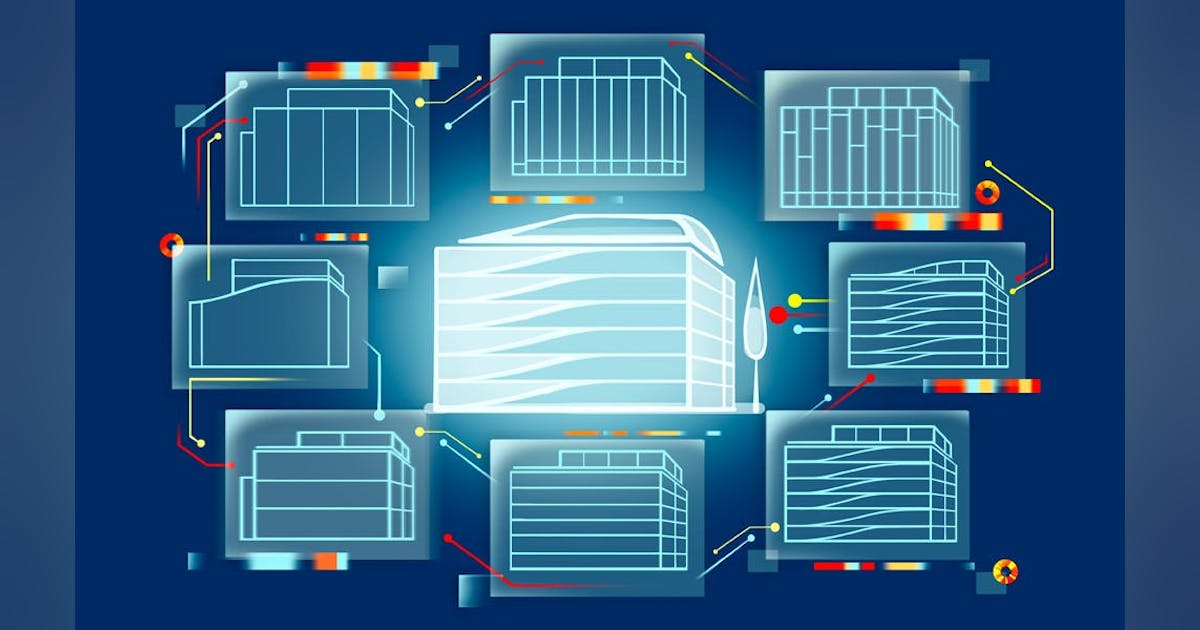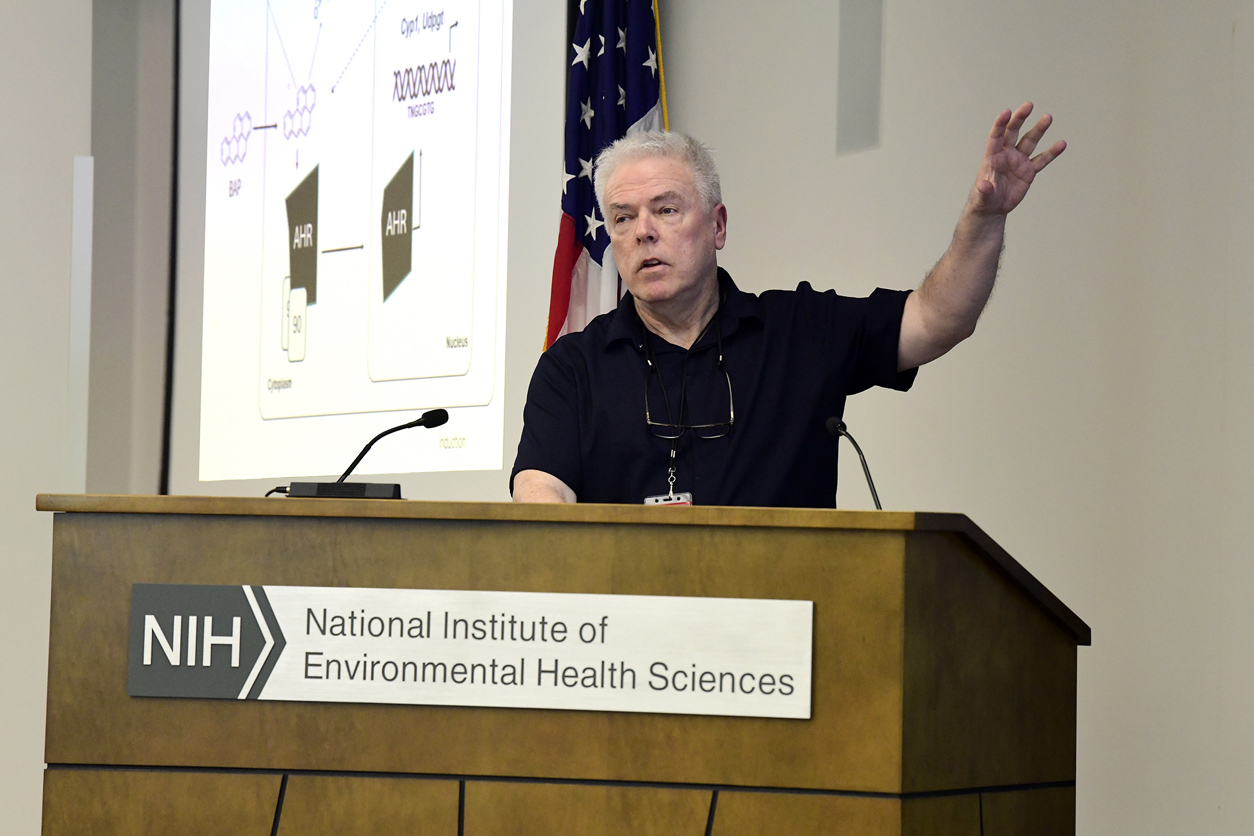Reinventing the energy modeling process with AI – Building Design+Construction

Report on an AI-Driven Framework for Sustainable Building Design
Introduction: Aligning Innovation with the Sustainable Development Goals
A report by the Building Performance team at Page, now Stantec, details an innovative AI-driven framework designed to overcome critical bottlenecks in building energy modeling (BEM). This technological advancement directly supports the achievement of several United Nations Sustainable Development Goals (SDGs) by integrating performance analysis into the early stages of architectural design. The framework addresses the urgent need for sustainable infrastructure and climate action by making energy-efficient design more accessible, rapid, and data-driven.
Challenges to Sustainable Infrastructure and Climate Action
The Inefficiency of Traditional Building Energy Modeling
Conventional BEM processes present significant barriers to achieving high-performance buildings, thereby hindering progress on key global goals. These challenges include:
- SDG 11 (Sustainable Cities and Communities): The slow, complex, and labor-intensive nature of traditional energy simulations means performance analysis often occurs too late in the design process, or not at all. This is particularly true for over 80% of commercial buildings under 25,000 sq. ft., where the cost and complexity are prohibitive, leading to missed opportunities for creating sustainable urban infrastructure.
- SDG 13 (Climate Action): The delay in receiving performance feedback prevents architects from optimizing designs for energy efficiency and reduced carbon impact early on. This workflow bottleneck has historically limited the industry’s ability to mitigate the climate impact of new constructions.
An Innovative Framework for Clean Energy and Responsible Production
Leveraging Generative AI to Accelerate Sustainable Design
The Page team developed an AI-assisted framework that reimagines the energy modeling process. It utilizes a Large Language Model (LLM) trained in building science to translate an architect’s natural language descriptions or sketches into fully functional energy models. This innovation acts as a catalyst for achieving global sustainability targets.
This AI-driven process directly supports:
- SDG 7 (Affordable and Clean Energy): By providing instant feedback on energy use, the tool empowers designers to prioritize and implement energy-efficient solutions, contributing to the goal of increasing the share of renewable and clean energy in the global mix.
- SDG 9 (Industry, Innovation, and Infrastructure): The framework represents a significant technological innovation within the architecture and construction industry, upgrading infrastructure to be more sustainable and resource-efficient.
Core Contributions to Sustainable Development Goals
The AI-driven framework offers several key advantages that align directly with the SDGs:
-
Speed, Automation, and Precision
The LLM automates the tedious setup of energy models, generating geometry and system parameters in seconds. This rapid iteration capability accelerates the adoption of climate-resilient designs, directly supporting SDG 13 (Climate Action) by enabling designers to quickly assess and reduce a building’s carbon footprint.
-
Democratizing Access to Sustainable Technology
By simplifying the technical complexity of BEM and lowering the skill barrier, the tool makes high-performance design accessible to a wider range of projects. This democratization ensures that more buildings can be optimized for efficiency, advancing SDG 7 (Affordable and Clean Energy) and promoting the development of inclusive and SDG 11 (Sustainable Cities and Communities).
-
Seamless Integration into Design Workflows
The AI is embedded within standard parametric design software, allowing architects to receive real-time performance feedback without disrupting their creative process. This seamless integration fosters a culture of continuous improvement and innovation, a core tenet of SDG 9 (Industry, Innovation, and Infrastructure).
-
Holistic Analysis for Responsible Resource Management
The framework provides a multi-dimensional view of performance, including energy use, daylighting, and solar analysis. This holistic approach helps designers create buildings that are not only energy-efficient but also provide healthy and productive environments for occupants. This balanced perspective is crucial for promoting SDG 12 (Responsible Consumption and Production) by optimizing resource use while enhancing human well-being, a key component of sustainable communities under SDG 11.
Analysis of Sustainable Development Goals in the Article
1. Which SDGs are addressed or connected to the issues highlighted in the article?
-
SDG 7: Affordable and Clean Energy
The article’s primary focus is on improving building energy efficiency through an AI-driven framework. By making building energy modeling (BEM) faster and more accessible, the innovation aims to reduce energy consumption in buildings, which is a core component of ensuring access to sustainable energy for all.
-
SDG 9: Industry, Innovation, and Infrastructure
The article details a technological innovation—an “AI-assisted framework”—that reinvents the energy modeling process. This directly relates to fostering innovation and upgrading the technological capabilities of the architecture and construction industries. It promotes sustainable infrastructure by making high-performance, energy-efficient building design the norm.
-
SDG 11: Sustainable Cities and Communities
The development of energy-efficient buildings is crucial for creating sustainable cities. The article highlights that the AI tool provides feedback on “carbon impact,” directly addressing the need to reduce the environmental footprint of urban areas. By democratizing BEM for smaller projects (“Over 80% of commercial buildings are small”), it helps make sustainable building practices more inclusive.
-
SDG 13: Climate Action
Buildings are significant contributors to global greenhouse gas emissions. By optimizing energy efficiency and reducing the “carbon impact” of buildings from the earliest design stages, the AI framework serves as a direct tool for climate change mitigation, aligning with the goal of taking urgent action to combat climate change and its impacts.
2. What specific targets under those SDGs can be identified based on the article’s content?
-
Target 7.3: By 2030, double the global rate of improvement in energy efficiency.
The article directly supports this target by introducing a tool designed to significantly improve building energy efficiency. The text states that traditional methods often lead to missed “optimizations that could greatly improve efficiency.” The AI solution enables architects to “iterate quickly and test ideas for energy efficiency early,” accelerating the adoption of high-performance designs.
-
Target 9.4: By 2030, upgrade infrastructure and retrofit industries to make them sustainable, with increased resource-use efficiency and greater adoption of clean and environmentally sound technologies and industrial processes.
The AI-driven framework is an “environmentally sound technology” that increases resource-use efficiency (in this case, energy). The article explains how this innovation transforms a “tedious bottleneck” into a catalyst for “high-performance design,” thereby upgrading the design and construction industry’s process to be more sustainable.
-
Target 11.6: By 2030, reduce the adverse per capita environmental impact of cities, including by paying special attention to air quality and municipal and other waste management.
The AI tool provides “real-time feedback on energy use, carbon impact, and daylighting.” By enabling designers to minimize the “carbon impact” of new buildings, this innovation directly contributes to reducing the overall environmental footprint of cities, a key aspect of this target.
-
Target 13.2: Integrate climate change measures into national policies, strategies and planning.
The article mentions that the AI tool ensures models are “code-compliant and realistic” based on industry standards like “ASHRAE 90.1 or IECC.” These codes are fundamental climate change mitigation measures within the building sector. By automating compliance and optimization, the tool helps integrate these climate-focused strategies directly into the building design process.
3. Are there any indicators mentioned or implied in the article that can be used to measure progress towards the identified targets?
-
Energy Use and Costs
The article explicitly states that the AI framework provides “real-time feedback on energy use” and considers “annual energy costs.” These metrics are direct indicators for measuring improvements in energy efficiency (Target 7.3).
-
Carbon Impact
The tool’s ability to provide feedback on a building’s “carbon impact” is a direct indicator for measuring the reduction of the environmental footprint of buildings (Target 11.6) and for tracking climate action progress (Target 13.2).
-
Adoption of Advanced Technology
The development and application of the “AI-assisted framework” itself is an indicator of progress in innovation (Target 9.4). The article notes its ability to automate tasks that took “hundreds of hours” and produce “error-free models,” which are performance indicators of the technology’s effectiveness.
-
Compliance with Energy Codes
The article implies an indicator by stating the AI uses a “knowledge base of industry standards and codes like ASHRAE 90.1 or IECC.” The rate of compliance and the performance level relative to these codes can be measured to track the integration of climate measures into planning and design (Target 13.2).
-
Daylight Availability
The framework’s inclusion of “daylight and solar analysis via Radiance” is an indicator of holistic, high-performance design. Measuring daylight availability (e.g., daylight autonomy) can indicate reduced reliance on artificial lighting, which in turn lowers energy consumption (Target 7.3).
4. SDGs, Targets, and Indicators Summary
| SDGs | Targets | Indicators |
|---|---|---|
| SDG 7: Affordable and Clean Energy | 7.3: Double the global rate of improvement in energy efficiency. |
|
| SDG 9: Industry, Innovation, and Infrastructure | 9.4: Upgrade infrastructure and industries for sustainability and increased resource-use efficiency. |
|
| SDG 11: Sustainable Cities and Communities | 11.6: Reduce the adverse per capita environmental impact of cities. |
|
| SDG 13: Climate Action | 13.2: Integrate climate change measures into policies, strategies and planning. |
|
Source: bdcnetwork.com
What is Your Reaction?
 Like
0
Like
0
 Dislike
0
Dislike
0
 Love
0
Love
0
 Funny
0
Funny
0
 Angry
0
Angry
0
 Sad
0
Sad
0
 Wow
0
Wow
0















































/environment-climate-change-and-health-(ech)/water-sanitation-hygiene-and-health-(wsh)/landfill-tuvalu-36092.tmb-1200v.jpg?sfvrsn=5c21fe40_1#)


.jpg.webp?itok=0ZsAnae9#)

























